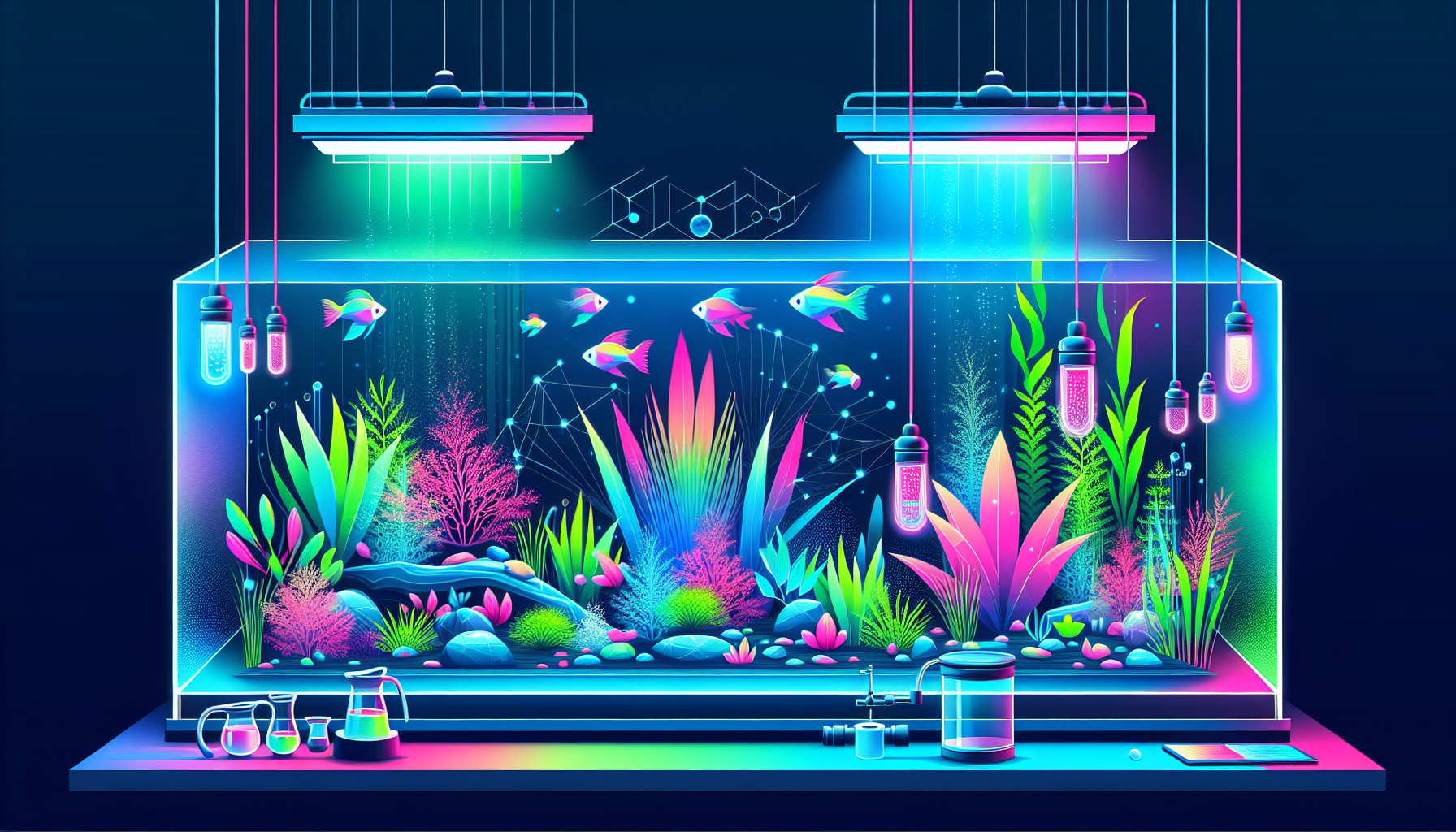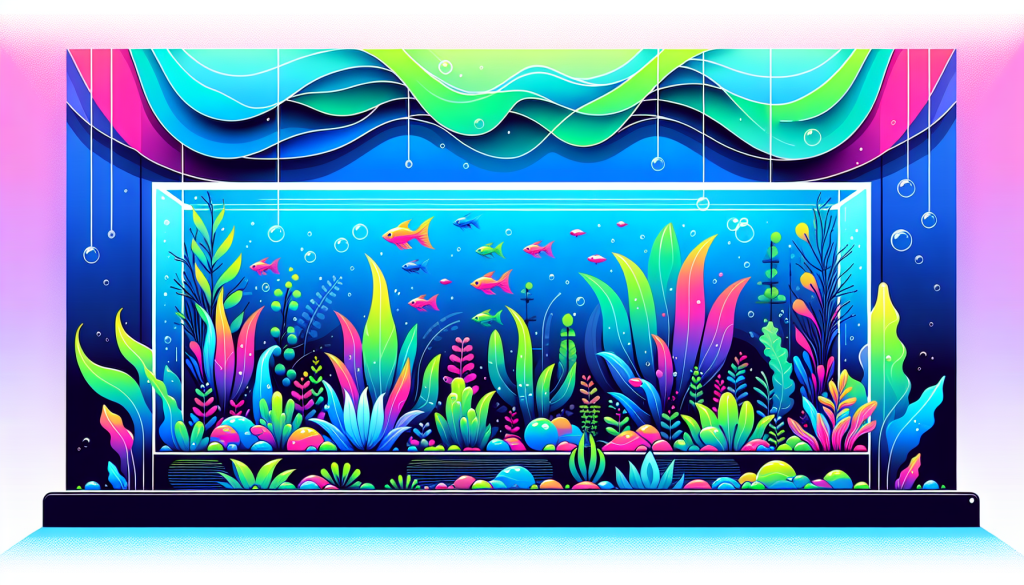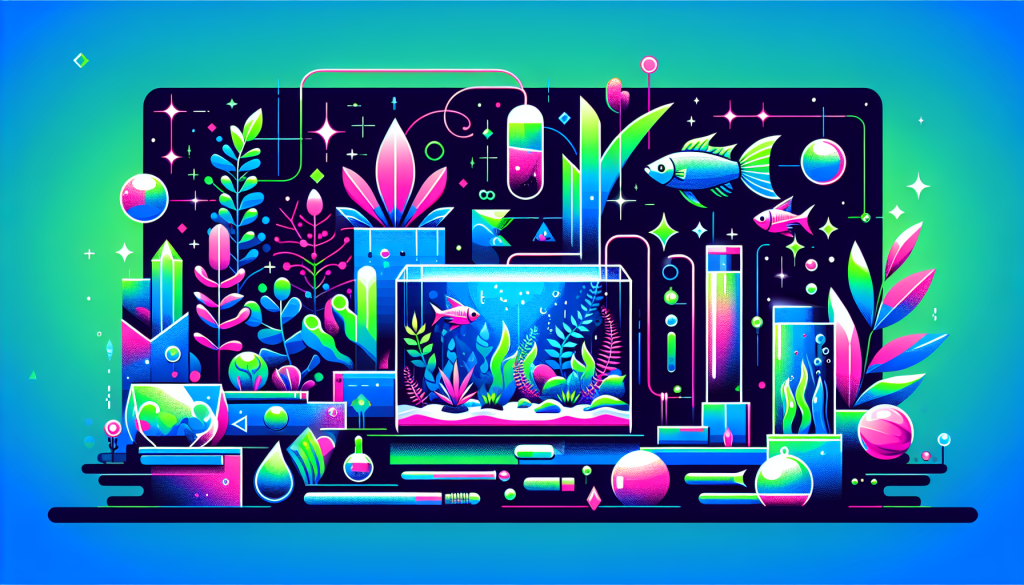How to Nature Aquarium Lighting (Intermediate Guide)
Lighting is one of the most crucial elements in creating a successful nature aquarium. For intermediate aquascapers, striking the perfect balance between aesthetics and plant health can be challenging. In this comprehensive guide, we’ll illuminate everything you need to know about nature aquarium lighting, from fixture choices to advanced installation tips—empowering your aquascaping journey and promoting lush aquatic plant growth.
Why Lighting Matters in a Nature Aquarium
In nature aquariums inspired by Takashi Amano’s philosophies, lighting sets the tone for your underwater landscape. It drives photosynthesis, enhances colors, and shapes the mood of your aquascape. Without proper lighting, even the most artistic layout will fail to thrive or look its best.
- Plant Growth: Adequate light intensity supports healthy photosynthesis, resulting in vibrant coloration and lush growth.
- Algae Control: Balanced lighting helps prevent excessive algae, which can overwhelm your plants and hardscape.
- Visual Appeal: Different lighting setups highlight texture, depth, and the natural beauty of your aquascape.
Understanding Aquarium Lighting Basics
Key Terms You Need to Know
- PAR (Photosynthetically Active Radiation): Measures the light usable by plants for growth.
- Spectrum: Refers to the colors or wavelengths present in the light, crucial for plant health.
- Kelvin (K) Rating: Indicates color temperature. Most nature aquarium setups perform best with lights in the 5000K–7000K range.
- Watts: The amount of energy consumed. While important, modern LED fixtures are rated more for output and efficiency than wattage alone.
Choosing the Right Lighting for Your Aquascape
Selecting the appropriate lighting depends on your tank size, aquascape style, and plant selection. For intermediate-level aquascapers, LED lights are the most popular due to their longevity, efficiency, and customizable settings.
Popular Nature Aquarium Lighting Options
- LED Lighting:
- Highly customizable, energy-efficient, and available with full spectrum capabilities.
- Many high-end fixtures come with built-in timers, dimming, and sunrise/sunset simulation.
- Fluorescent Tubes (T5/T8):
- Still effective for some medium-light tanks but gradually being replaced by LEDs.
- Metal Halide:
- Rare today, used mainly in high-tech planted tanks or very large aquaria.
For most intermediate nature aquarium setups, a quality LED system with adjustable intensity and spectrum will provide flexibility and ease of use. Explore our guide on best aquascape lighting for detailed recommendations.
Determining the Right Light Intensity and Photoperiod
Light Intensity
Light intensity, measured in PAR, determines how much usable light reaches your plants. Intermediate aquascapes with a mix of carpeting plants (HC Cuba, Monte Carlo) and midground species often need moderate to high light (30–50 PAR at substrate level).
Setting the Photoperiod
Most nature aquariums do well with an 8–10 hour photoperiod. Too much light can fuel algae, while too little may stunt plant growth.
- Start at 8 hours per day as baseline
- Adjust based on plant response and algae presence
- Use plug timers or smart controllers for consistency
Advanced Lighting Tips for Intermediate Aquascapers
Utilize Dimming and Spectrum Controls
Invest in lighting fixtures with dimming and spectrum adjustment. Start with lower intensities after a rescape, gradually increasing as plants adjust. Adjust spectrum to highlight plant reds or balance greens depending on your preferred look.
Position Your Lights Correctly
- Keep fixtures 10–20 cm above the tank for even coverage
- Use light diffusers to minimize harsh shadows and “spotlighting”
- Angle fixtures or use multiple lights for larger tanks to cover all areas
Combat Algae with Balanced Lighting
Algae growth is often the result of imbalanced lighting, excess nutrients, or poor CO2 management. Use a consistent photoperiod, prevent direct sunlight, and consider a UV sterilizer if persistent algae occur.
For more tips, check our article on how to control algae in aquascapes.
Recommended Lighting Setups for Intermediate Nature Aquariums
Example 1: 60L Medium-Light Aquascape
- High-quality full-spectrum LED ~30W, adjustable
- Positioned 15 cm above tank
- 8–9 hour photoperiod
- CO2 injection and weekly fertilizer dosing
Example 2: 120L High-Tech Planted Layout
- Dimmable LED system (~50W) with sunrise/sunset simulation
- Two fixtures for even distribution
- 9 hour photoperiod
- High CO2 injection, regular trimming, and daily liquid nutrition
Troubleshooting Common Lighting Problems
- Plants Turning Yellow: Increase intensity or check spectrum; fertilize appropriately.
- Excess Algae: Reduce light duration or intensity, improve CO2 and nutrient balance.
- Leggy/Stunted Growth: Check PAR at substrate; may require stronger light or improved circulation.
Conclusion: Lighting as the Artistic Brush of Your Aquascape
Mastering nature aquarium lighting is both a science and an art. By understanding the fundamentals and optimizing your setup, you’ll unlock vibrant plant growth and an awe-inspiring aquascape. Experiment with different settings to see how your layout evolves—your unique artistic touch is what makes each aquatic landscape truly special!
Ready to take your aquascape to the next level? Find more inspiration and advanced techniques in our Aquascaping Guides section.



